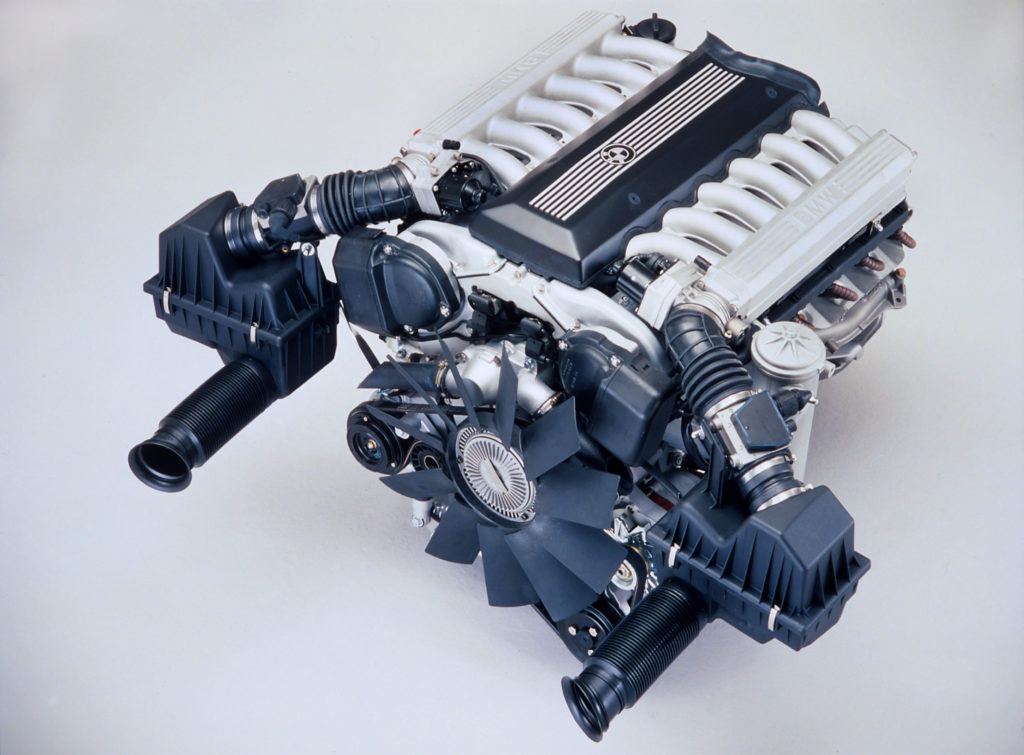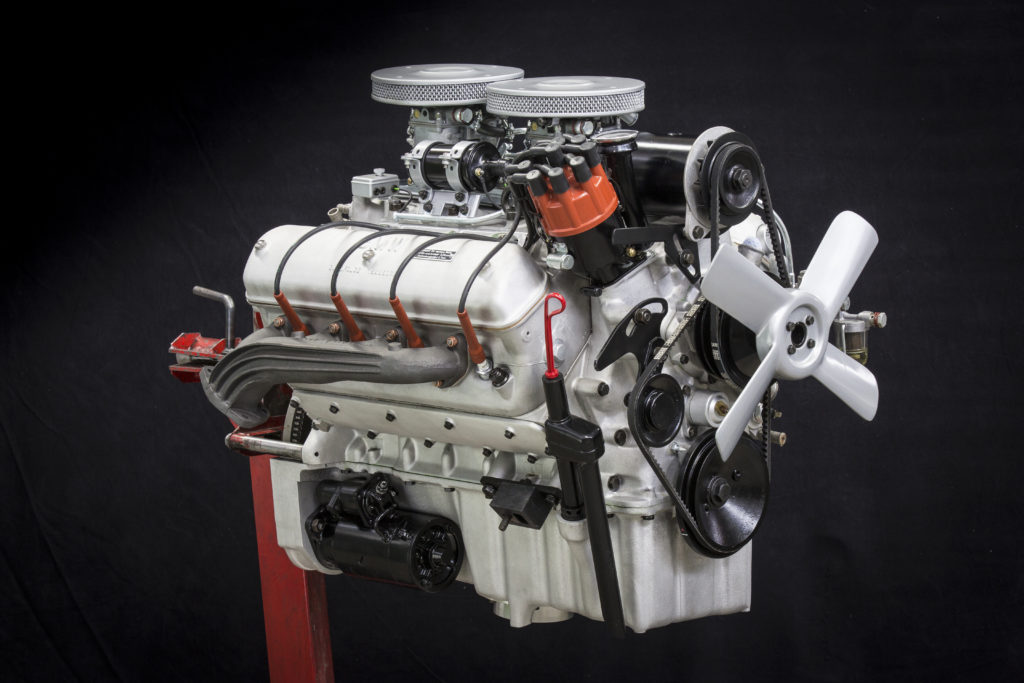Everywhere I look these days, I can see clear evidence of the trend toward automotive electrification. Being a resident of the left coast has something to do with it, of course, but I’m talking about more than just the Whole Foods parking lot. The desire to own an EV has permeated into my generation, and even though there’s really only one cool, affordable, and fast EV, that car has become something of a symbol of trendy consumerism, with people lining up to buy the same model as their friends, with color being among the only differentiators.
Don’t get me wrong. I have no personal gripe against EVs, and when the Tesla Model S hit the market back in 2012, I knew it was a game-changer. Finally, someone had brought a cool EV to market that actually worked—most of the time, in those early years—with decent range, respectable styling, and what would evolve into breathtaking performance. I’ve driven all of Tesla’s major models including the first Roadster (which was my favorite, likely because of the Lotus connection) and know that they are just the ticket for many of the coastal elites I share a zip code with. It goes further than that though, because plenty of my friends now own Model 3s, and the number is only growing.

However, as much as I like EVs and the performance they are capable of, I have almost no interest in owning one. I’d never consider one as being out of the question for a s0-called daily driver, but when you have no commute, and look forward to every time to get to fire up any of your dinosaur-burning cars, I don’t see it becoming a reality any time soon—not when there are so many cool cars I still want to own and experience.
You’re invited to log your environmental concerns in the comments section below, and rest assured that I am aware of them. But as someone who has to justify driving their fleet of cars, sometimes merely for the sake of exercising them and their mechanical parts, I am not the one you need to going after, as the vast majority of society commutes nearly 30 minutes one way on average, each day. When I was driving to an office six times a week, I piloted a Honda Civic—and was sure to hit redline daily.
So while I might look like an ideal candidate for an EV at first glance, I simply am not, and perhaps that’s why I remain personally jaded on the electrified future that I see potentially becoming a reality.

I also exist in the real world, and know the EV charging infrastructure—and electrical grids the world over—have a long way to go before we can realistically rely on electric motivation the same way we do gasoline and diesel. Charging seems to be the worst part of owning an EV, and the fact that it is nothing less than completely necessary means that I have seen no shortage of complaints logged on social media over the years. As more people buy them, the problems don’t seem to be going away, even though instances in which I actually see an EV replenishing its batteries at a publicly-accessible charging station are few and far between. The obvious way to do it is to have solar on your home, but, as a society, we’re not there yet—even if much of my neighborhood is.
Harry Metcalfe is a veteran automotive journalist and the founder and former editorial director of U.K.-based Evo Magazine. Metcalfe maintains a popular YouTube channel in which he chronicles his automotive life from continental jaunts in vintage Ferrari and Lamborghini cars to road tests of brand new models that have yet to hit dealership showrooms. In a recent video, he covered the reality of trying to recharge a 2020 Jaguar i-Pace out in the world, and things didn’t go well.
Metcalfe isn’t the only one. Jason Fenske of the even more popular YouTube channel Engineering Explained also did a video comparing the energy capacity of gasoline to modern batteries. Fenske is a Tesla Model 3 owner, but, as a fan of the hard science, he’s not one to be swayed by his appreciation for what is undoubtedly an excellent car by the reality of current technology. While the breakneck pace of battery development continues to result in ever-growing capacity, automakers are also still exploring the limits of internal combustion, extracting more and more energy per thimble-full of fuel with each new model year and engine design.
And because humans still have to contend with human nature, we must also consider the emotional aspect of things. When it comes down to it, few things excite me the same way cranking the engine in one of my BMWs and taking the car out for a spirited drive on one of my favorite backroads does. Excitement is actually an understatement, because I’m really just obsessed with mechanical things, specifically internal combustion engines, all together. Old or new, from an M20 to an S55, and with plenty of other things from other manufacturers before, after, and during, I dig all of it, and appreciate how so many different cars all have such varied different personalities and experiences.

You just don’t get that with an EV. Yes, the individual driving experience and styling are varied, but it’s all a far cry from the world of V8s, straight sixes, and boxer fours.
Okay, I think you know what I’m trying to convey. Regardless of however urgent the need to switch may be, technology and society have to exist for a market to be propagated. It’s already happening, but it’s important to understand what stage where in, and how far we actually have to go.—Alex Tock
[Photos and video courtesy BMW AG, Harry’s Garage and Engineering Explained on YouTube.]





















